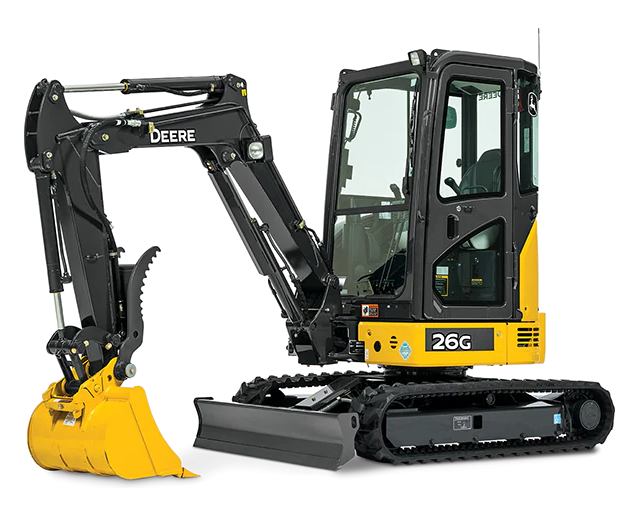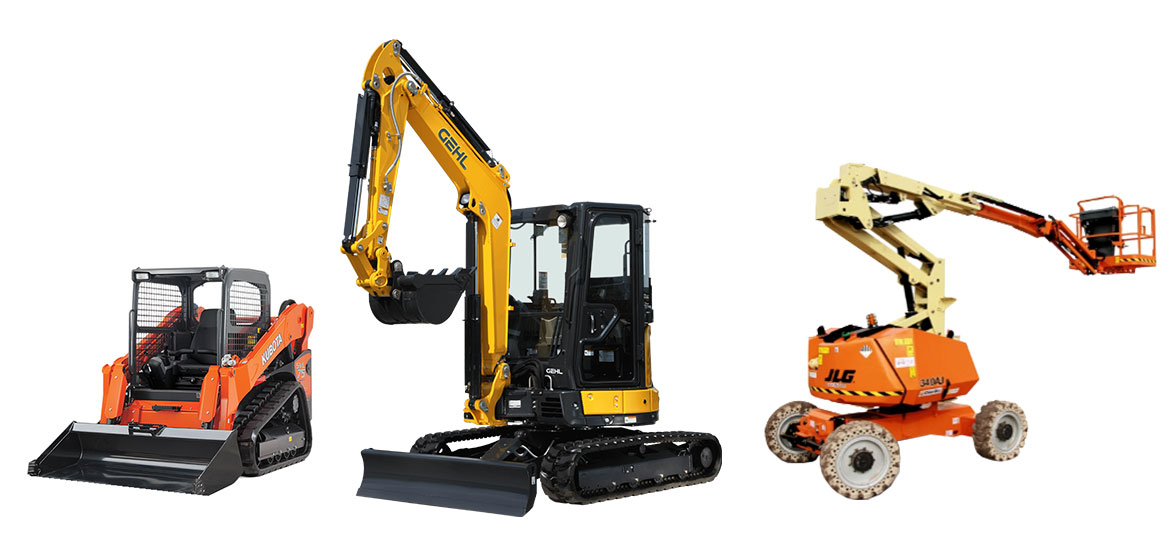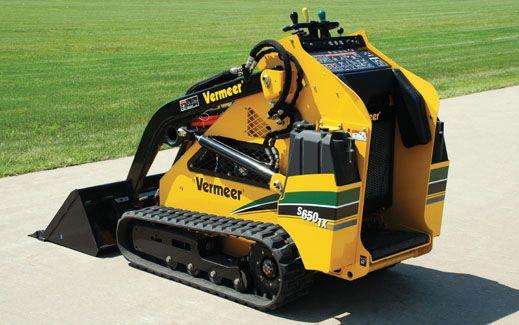Forklift Rental: Heavy Lifting Equipment for Warehousing and Extra
Forklift Rental: Heavy Lifting Equipment for Warehousing and Extra
Blog Article
Optimize Your Spending Plan by Comprehending the Prices Connected With Building Devices Services
Understanding the full range of prices linked with construction equipment services is essential for maximizing your spending plan. What strategies can be employed to effectively handle these expenses and guarantee a much more reliable rental experience?
Introduction of Rental Prices
When considering construction equipment rentals, understanding the connected costs is paramount for effective budgeting and task planning. Rental costs can vary considerably based on numerous aspects, including tools type, duration of service, and location. The preliminary rental fee typically mirrors the equipment's market demand and its connected operational capabilities, influencing the overall expense.
In enhancement to the base rental rate, ancillary prices may occur, such as transportation charges, gas surcharges, and upkeep fees. It is important to make up these additional costs to accurately analyze the overall cost of leasing tools. Moreover, the rental duration can influence prices; longer rentals might certify for discounted prices, while temporary rentals could sustain higher day-to-day charges.

Malfunction of Rental Prices
An extensive understanding of rental rates is essential for service providers and project managers aiming to optimize their budget plans. Rental prices for building and construction equipment usually contain a number of parts, consisting of base prices, time-based fees, and use charges.
Base rates are the core costs connected with the rental of the devices, often figured out by the type and size of the machinery. These rates can differ substantially, influenced by aspects such as tools demand, availability, and regional market fads. Time-based costs, which may be daily, weekly, or monthly, serve to accommodate different task timelines and rental durations.
Additionally, rental rates may consist of usage fees, which apply when devices is utilized beyond a defined limit, ensuring that the rental company can represent wear and tear. Seasonal demand changes can also impact rental rates, with peak construction periods commonly commanding higher costs.
In addition, comprehending the rental company's plans concerning upkeep and insurance can offer more insight right into the overall price structure. By evaluating these parts, specialists can make enlightened choices, making certain the selection of rental tools straightens with both task needs and spending plan constraints.
Additional Costs to Consider
Comprehending the complexities of extra charges is essential for contractors to handle their general service costs successfully. Beyond the standard rental rates, different supplementary fees can substantially impact the complete expense of devices leasing. These fees typically include delivery and pickup costs, which can vary based upon range and logistics associated with delivering the devices to and from the job website.
In addition, some rental companies may impose fuel surcharges if the devices is returned with less fuel than when leased. It is also important to be aware of potential cleaning fees, specifically for specialized tools that requires comprehensive maintenance after use.

Completely examining the rental contract and clarifying these additional fees in advance can aid contractors prevent unforeseen expenses and make certain that spending plans stay intact throughout the project lifecycle.
Repair And Maintenance Costs
Normal upkeep and repair service expenses are often forgotten aspects that can considerably influence the general cost of building and construction tools leasings. When renting out tools, it is important to think about not only the rental costs however also the possible costs associated with maintaining the equipment in optimum operating condition.
Lots of rental firms consist of basic maintenance as component of the rental contract; however, much more unexpected malfunctions or substantial repair work can result in extra expenditures. It's necessary to evaluate the rental contract thoroughly to comprehend what maintenance solutions are covered and what responsibilities drop on the tenant.
Additionally, equipment that is not well-maintained can lead to inefficiencies on duty website, potentially creating hold-ups and boosting project costs. To minimize these risks, it is suggested to conduct routine assessments and keep open communication with the rental company relating to any kind of issues that emerge during use.
Insurance Coverage and Responsibility Prices
Insurance policy and responsibility expenses are vital components that can substantially influence the general expenditure of building and construction equipment leasings (mini excavator rental). These prices ensure that both the rental company and the client are protected from prospective economic losses developing from accidents, damage, or theft throughout the rental duration

Furthermore, customers must be conscious of any kind of deductibles or exemptions in the insurance coverage, as these can impact possible out-of-pocket expenses. Recognizing the terms of any type of insurance policy coverage is important to stay clear of unexpected costs. Ultimately, budgeting for insurance and liability costs can assist guarantee a smoother rental experience and protect against economic dangers related to construction projects.
Conclusion
Finally, a comprehensive understanding of the expenses linked with building and construction tools leasings is essential for effective spending plan monitoring. By examining rental rates, added costs, maintenance expenditures, and insurance coverage people, organizations and demands can minimize unexpected expenses. This strategic approach not only enhances cost-effectiveness but additionally guarantees that projects advance efficiently and successfully. Inevitably, notified decision-making regarding equipment services contributes to the general success of building and construction undertakings.
Rental costs can vary significantly based on several elements, consisting of tools you could try these out type, duration of rental, and location (heavy equipment rental). The rental duration can impact pricing; longer services might certify for discounted prices, while temporary leasings may incur higher everyday costs
By carrying out thorough research study and engaging with reliable rental firms, contractors can successfully browse the intricacies of rental pricing, ultimately maximizing their economic sources.
Beyond the conventional rental rates, numerous auxiliary costs can dramatically impact the overall cost of devices rental. Rental firms often give responsibility insurance policy that covers injuries to 3rd celebrations or damages to residential or commercial property, while devices damages insurance policy can cover the expense of repair services or replacement if the rented out equipment is harmed.
Report this page